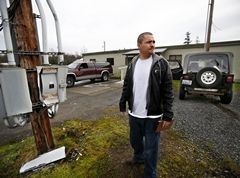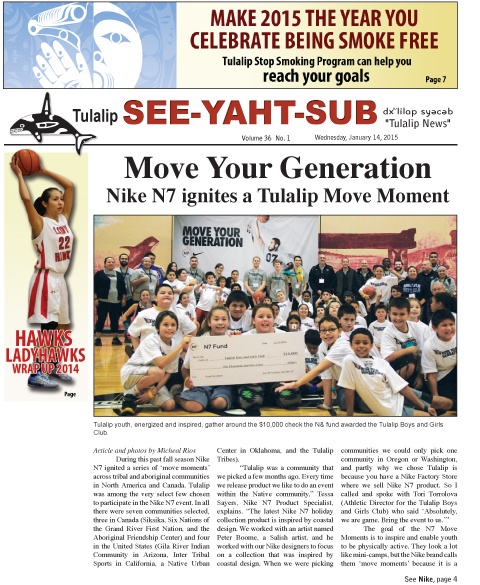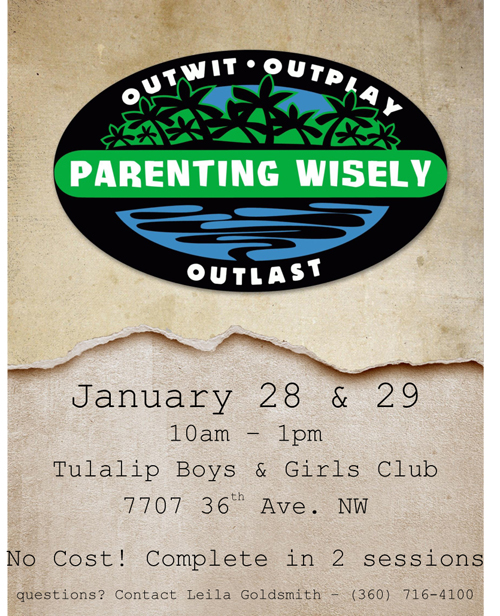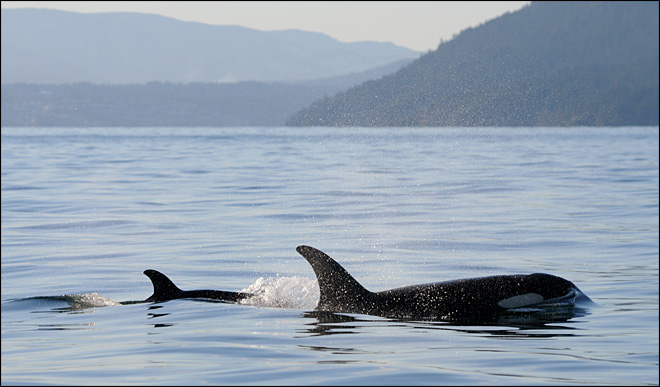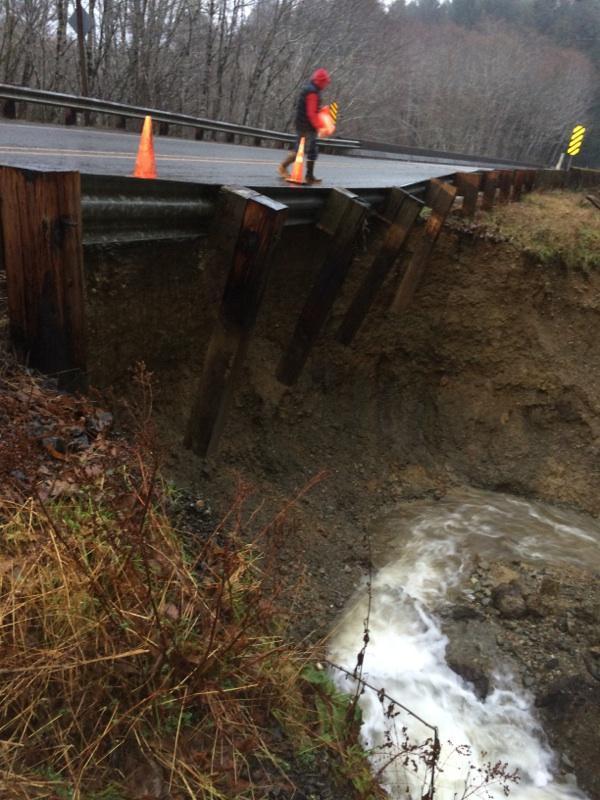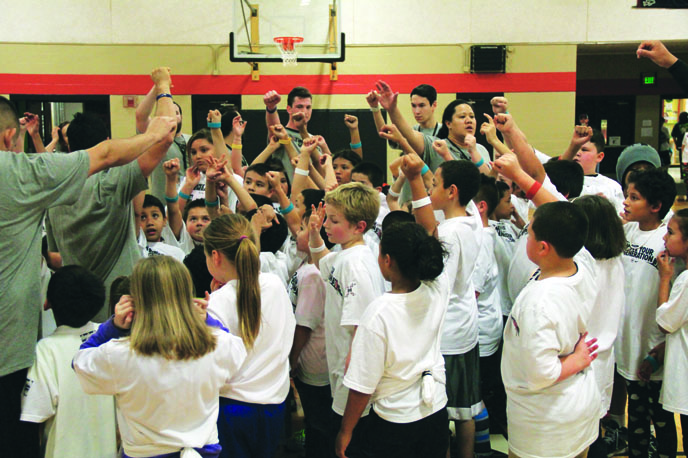Water purveyor for King County cities donates water rights for White River
Joint News Release: Department of Ecology, Cascade Water Alliance, Muckleshooot Indian Tribe
LAKE TAPPS – It’s the largest trust water donation in Washington state history. Enough water to fill a football field 130 miles deep will stay in the White River for perpetuity.
The Washington Department of Ecology has signed an agreement with a consortium of five cities and two water and sewer districts in King County for permanent and temporary trust water donations that will protect flows for fish in the river through 2034 and beyond.
“Big things happen when the state, local governments and tribes come together to form strategic partnerships,” said Ecology Director Maia Bellon. “This historic donation protects water levels for fish, guarantees water supplies for people, and preserves Lake Tapps as a vital community asset for decades to come.”
On Jan. 17, 2015, Cascade Water Alliance will make its permanent donation of 684,571 acre feet of water to the state’s Trust Water Rights Program. The donation will preserve instream flows and protect fish habitat in a stretch of the White River that flows through the Muckleshoot Tribal Reservation. Cascade is the water purveyor for eight King County cities and two water and sewer districts.
This month’s transaction completes the agreement Cascade made with Ecology in 2010 to donate a portion of the water rights it acquired in the purchase of Lake Tapps in Pierce County to the trust water program. In addition, Cascade will donate another 154,751 acre feet of water to the Temporary Trust water rights program until 2034.
The trust water donation keeps water in the river for the benefit of fish, wildlife, recreation and the natural environment. Ecology has agreed not to approve or issue new water right permits for 20.7 miles of the White River in what is known as the Reservation Reach between Buckley and Sumner. Several salmon species use this stretch of the river for migration, spawning, rearing and flood refuge.
“For more than 90 years diversions from the White River at Buckley have largely de-watered the stretch of river that flows through our Reservation,” said Muckleshoot Tribal Council Chair Virginia Cross. “The water donations restore and will permanently preserve river flows through the Reservation that allow recovery of healthy fish runs. We are pleased to have had the opportunity to work with the Cascade Water Alliance to achieve this historic goal.”
The trust water donation is the culmination of a water rights package that has converted Lake Tapps in Pierce County into a future municipal water supply for 50 years or longer for Bellevue, Redmond, Kirkland, Issaquah, Tukwila and the water and sewer districts serving the Sammamish Plateau and Skyway.
Ecology approved the transfer of water rights from Puget Sound Energy (PSE) to Cascade and issued new municipal water rights to Cascade in 2010. PSE sold Lake Tapps to Cascade in 2009 after PSE no longer needed the lake as a reservoir for hydroelectric power operations.
In its purchase of Lake Tapps as a future drinking water supply for nearly 400,000 residents and 22,000 businesses in eastern King County, Cascade agreed to preserve the lake for the benefit of surrounding homeowners, boaters, swimmers and anglers.
“We are honored to make this donation a reality,” said Cascade Board Chair John Marchione, mayor of Redmond. “It’s the culmination of our regional collaboration with our partners around Lake Tapps – the Muckleshoot Indian Tribe, the Puyallup Tribe of Indians, the Lake Tapps homeowners and the four cities surrounding the lake – Auburn, Bonney Lake, Buckley and Sumner. Our work together helped make possible municipal water for the future, instream flows and a summer recreational lake.”


